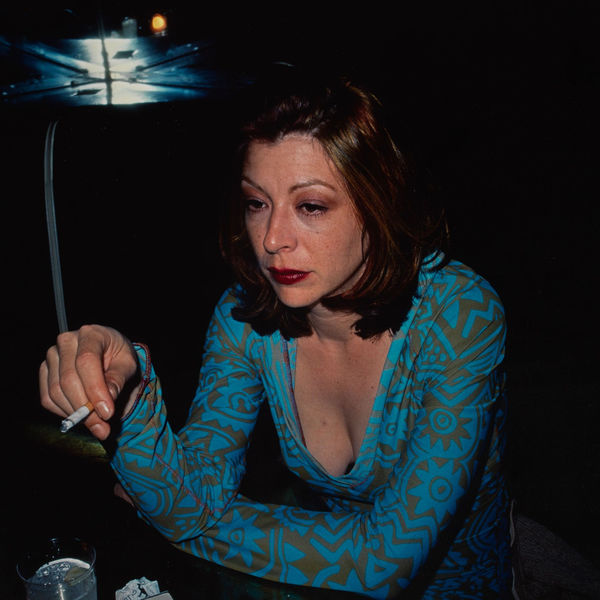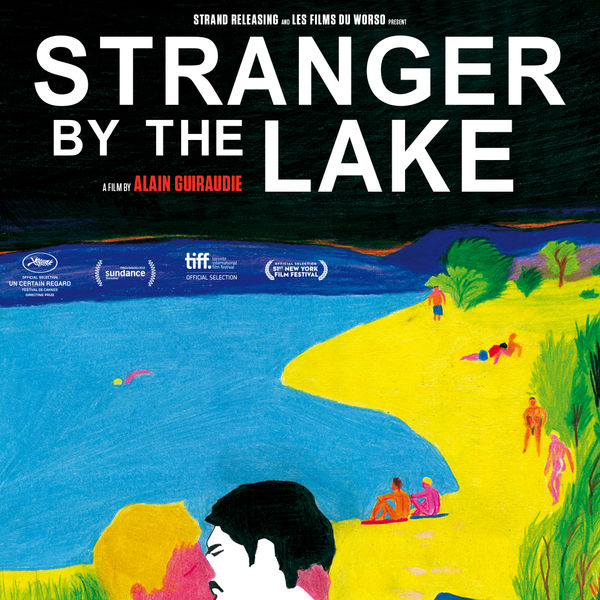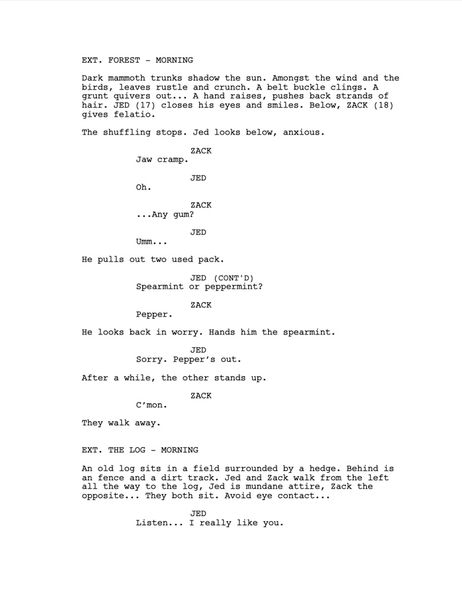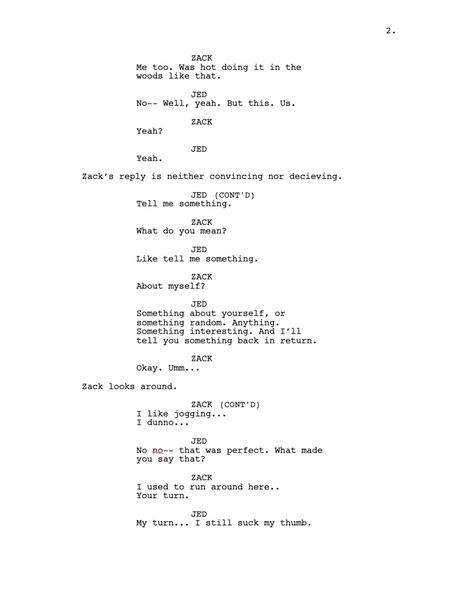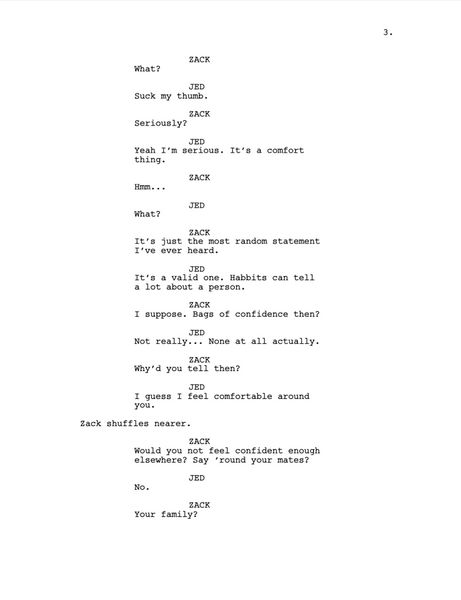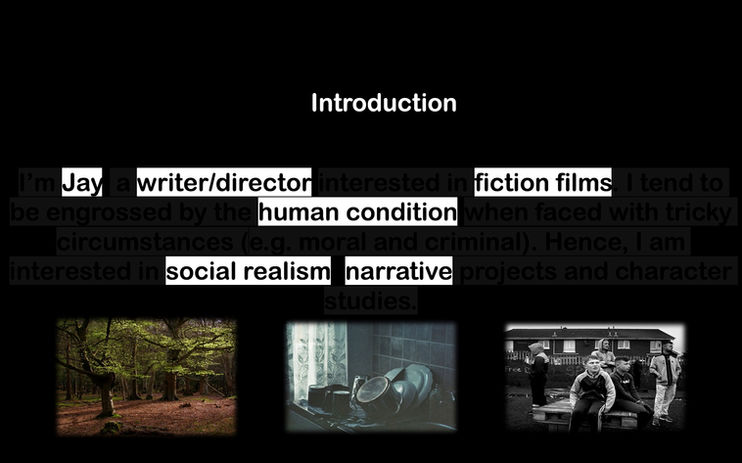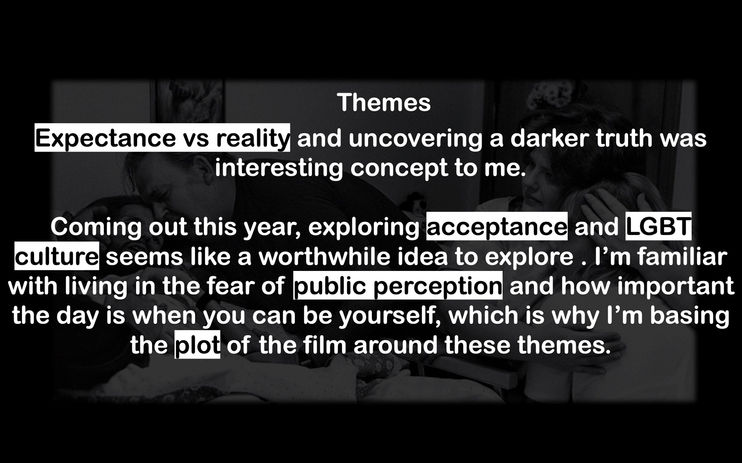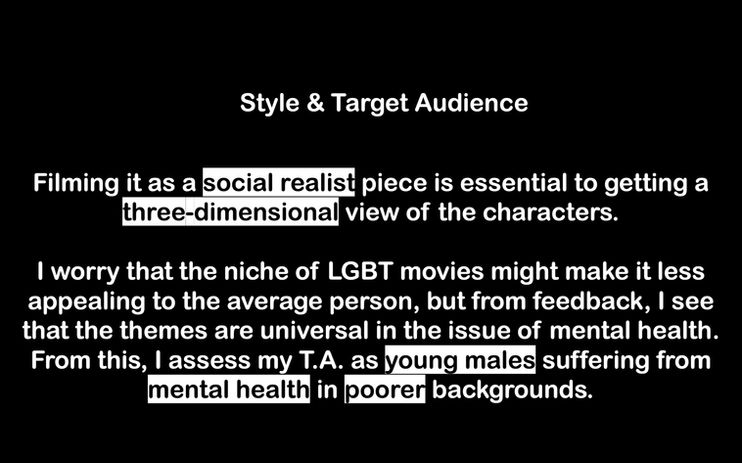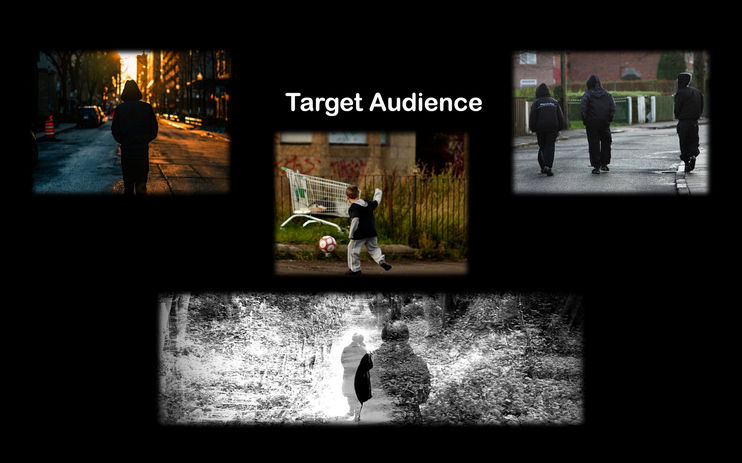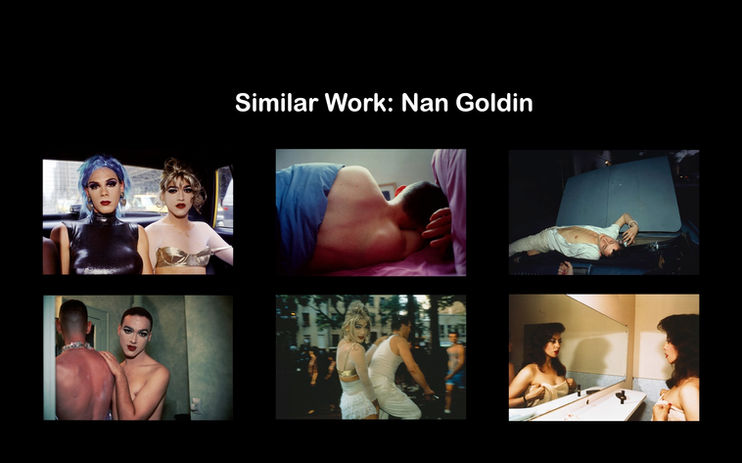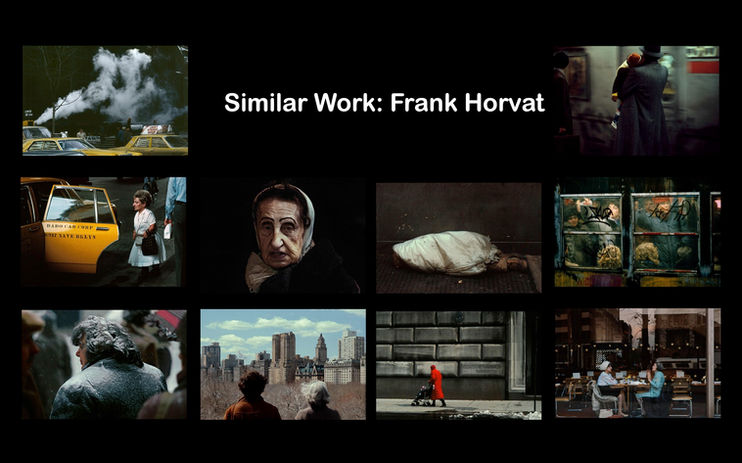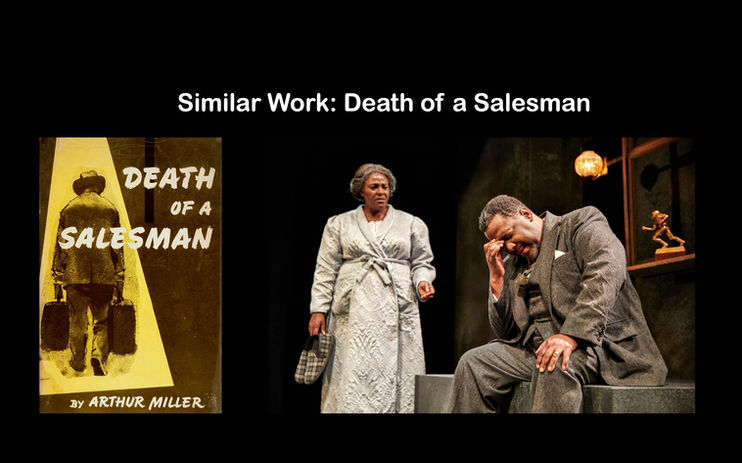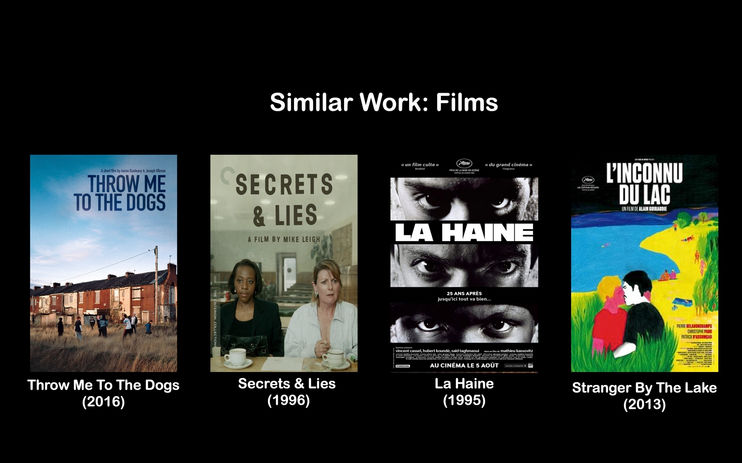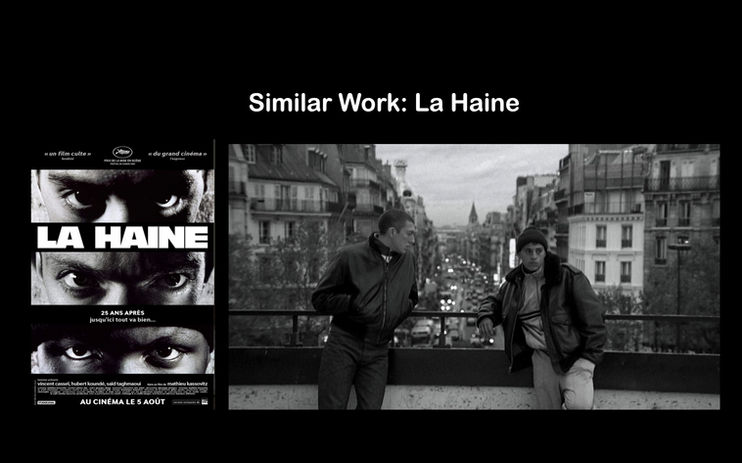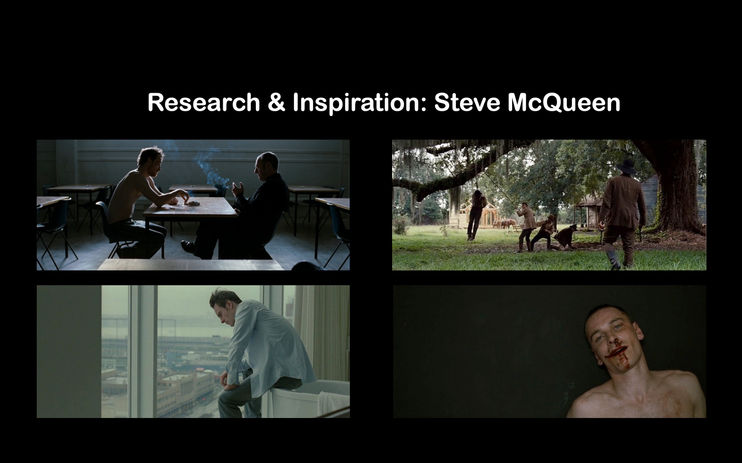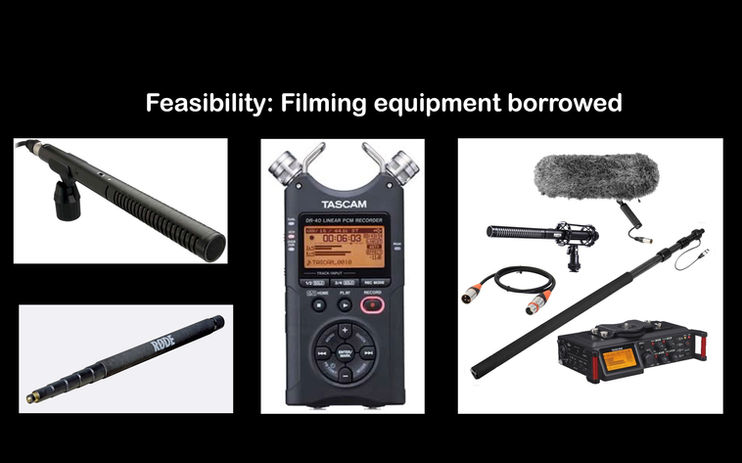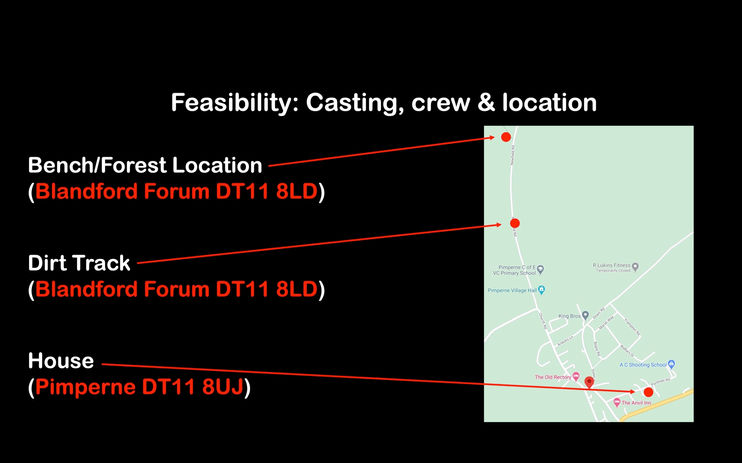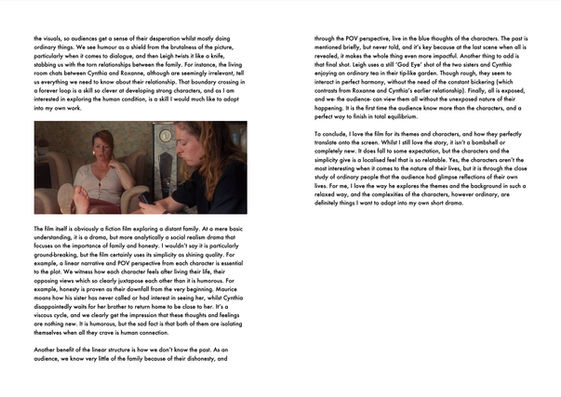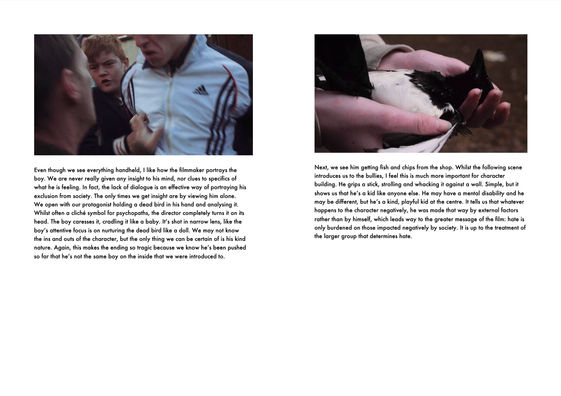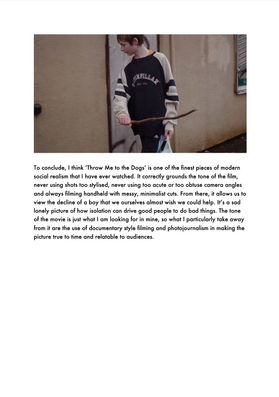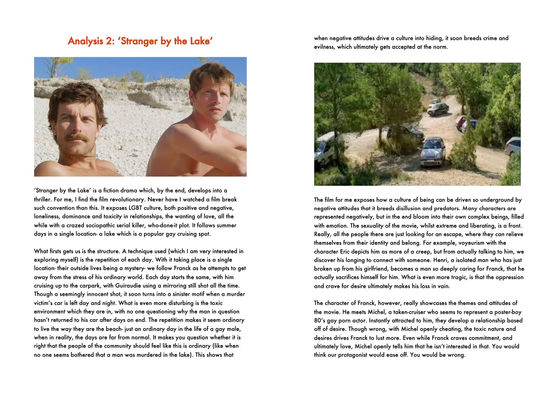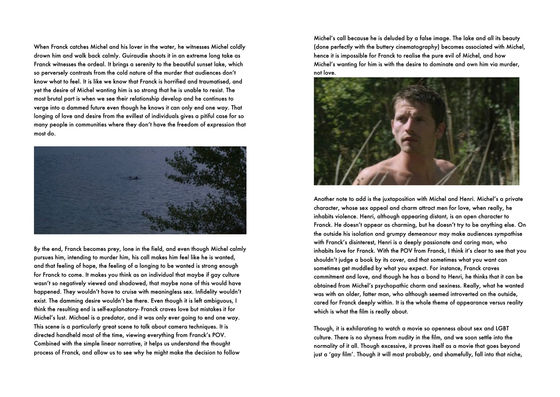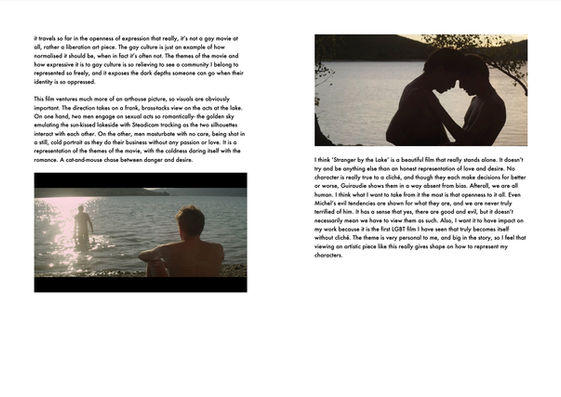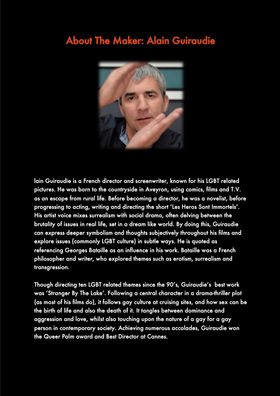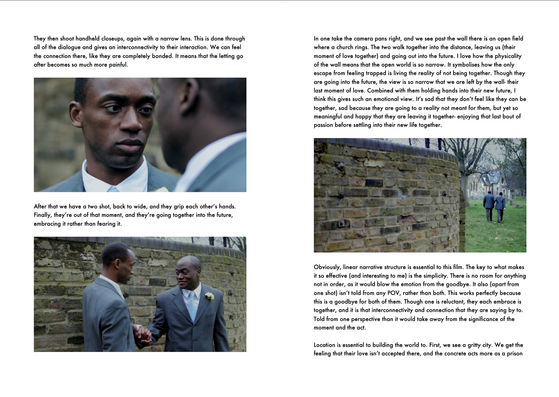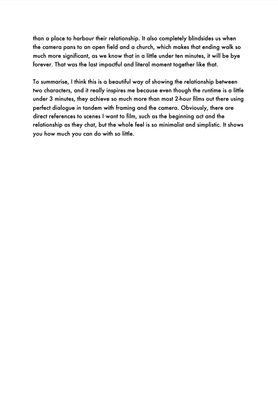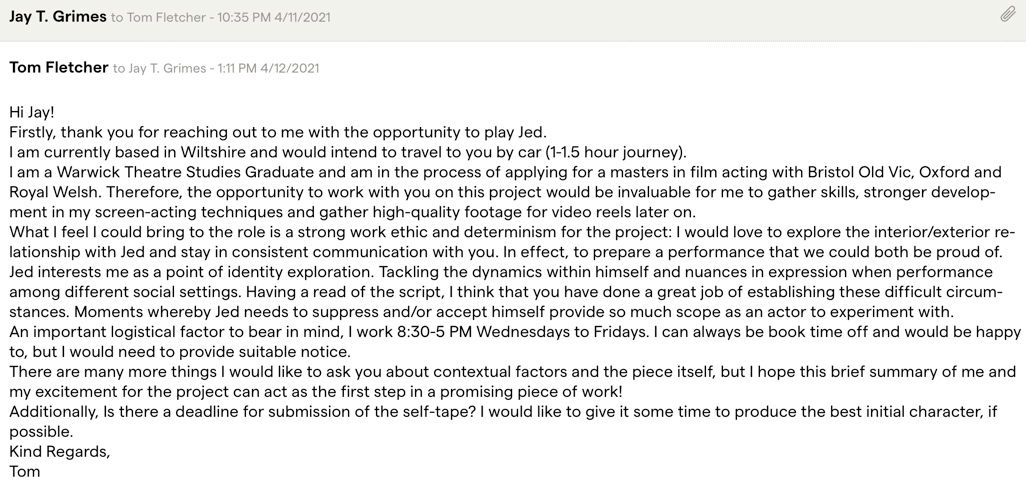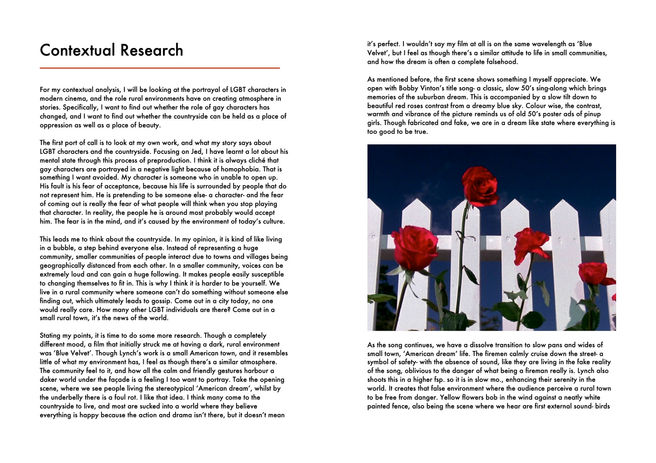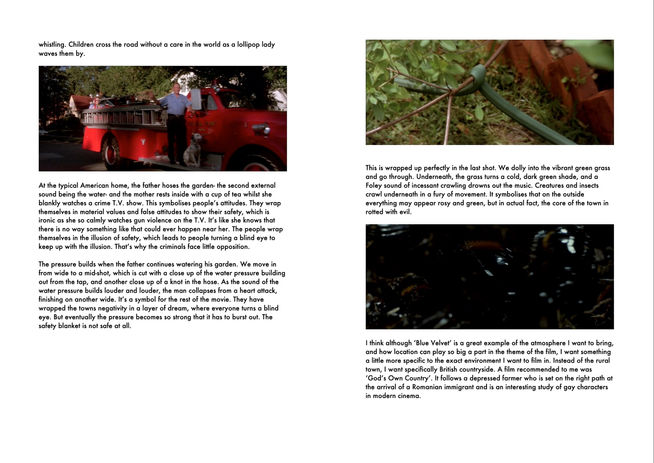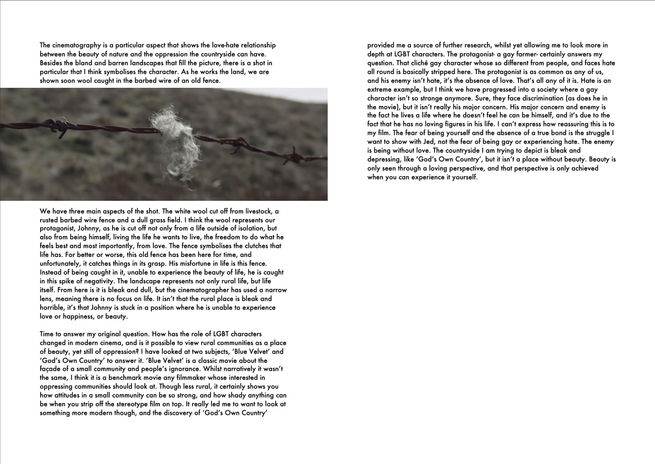The Country Side
Short Film
Made for my college FMP, this was my first narrative film; written, produced and directed by myself.
Documents are fully interactive to read, and are accessible with extra material in a 250 page document I made for the project. The document is attached at the bottom of this page.
Concept
I wanted to show the relationship between society, symbolised with the countryside, and an individual, the protagonist. Coming out in the March of the previous year, I also wanted to explore finding someone's identity and the vulnerability that comes with it, subjective homophobia and how other's attitudes can influence how someone feels.
Script
My research and inspirations from other artists informed my concept, and allowed me to write the script, especially with the manipulation and vulnerability of love, the range of grief between father and son, how degrading it is to hide your identity, and how the people you surround yourself with can influence a person's persona.
Pitch
Essays
In preparation for filming my project, I thought an in-depth analysis on the artists who informed my work would be useful to see their own methods and process, and what makes their work unique. By doing so, hopefully I can incorporate it into my own production.
Below are essays on photographer Nan Goldin, cinematographer Emmanuel Lubezki and filmmaker Steve McQueen.
Following that, I also wrote essays on films that informed my work. Below are essays on the films Stranger by the Lake and Secrets & Lies, as well as essays on the short films Throw Me to the Dogs and Best:
Actors
Working with professional actors was a big personal accomplishment I wanted to achieve with this project. It would be beneficial in getting a better performance, translating my characters onto the screen in a more sophisticated manner, and give me my first experience with directing actors.
I used Backstage to cast the two lead roles in the film. For the process, I held two auditions each, and did a total of three group rehearsals before filming. This way, I was able to see how the dialogue translated and give my cast a better indication on character motivations. For the role of Jed's Father, I had originally cast someone off of Facebook, but scheduling meant he was unavailable. I had my own Father learn the lines and act as backup should this happen, so he was cast in replacement. This was logistically easier for me, and I felt was beneficial with the style of film I was trying to create. Being influenced by neorealism, Directors in the '60s often cast unprofessional actors in a live environment, making it more authentic and, hence, more 'realistic'.
Example: Casting of 'Jed' - Tom Fletcher
Recce and Test Shots: Log




To best prepare myself, me, a friend, and another who agreed to record the sound for me in the actual film, went location scouting around Dorset. The main conversation scene was based at a log or bench, and had to encompass the local countryside. In my local village, there was a log by a fence which had great views, easy access and a lot of room for different camera angles. Because of the vast bare fields, I used this location as the inspiration for calling it The Country Side, with the breakaway between the path and the field and the bridge between a developed individual and an isolate one.

Recce and Test Shots: Woods
Another location recce that was essential was for the first scene, where one of the characters performs felatio. This was particularly hard to find, due to being able to film something without seeing it. We had to find somewhere secluded, away from any noise, and with a tree trunk large enough to hide certain parts of the body. A local woods nearby provided the perfect location, and me and my friends did some test shots in perperation.





Shot Lists and Diagrams
To make the production go smoother, I made shot lists for all scenes, referring to the shot, angle and action; though I was sceptical on how beneficial it would be. With personal experience, I work much better with visual reference than written. To accompany it, I decided to produce some diagram content. They refer to the shot list, and give a bird's-eye-view of the location, where the camera is, which angle it points from and reference next to it.
Below are two examples of how the shot list worked in conjunction with the diagram some of the scenes:




Call Sheet and Schedule
A final preparation was to schedule everybody for the shooting days. This would help for two reasons: we would know how much time we would have to get all the essential shots in, which made sure we didn't miss anything that would compromise the story, and to reassure myself and the other crew members beforehand, so we all had an idea of what the day would look like. Most of my crew were friends, and little to no experience. Making sure we all knew what to do was perhaps the most important aspect to the entire shoot.




Target Audience


To better understand my audience, I made an online survey which I asked people to carry out. The questions were generally to understand the type of person most interested in my film, the tropes of those people, and what they would/wouldn't like to see in a short narrative drama.





To conclude, I expressed my opinions and thoughts over the survey, and discussed some points which I think would impact the making of my film:
Though there are interesting things to note, I think the survey mainly can be used as a tool of evidence. There were a few answers that intrigued me, but on the whole, it is pretty much a reflection of what I had initially proposed.
Two major things to take from this was religion and sexuality. I found it interesting that faith and religion still plays a major part in people’s life. A question I would take further in future is whether people find faith, the negative parts of religion or spirituality as what draws them to the subject.
On the subject of sexuality, I was happy to find that the answers were given from people of a broad range of sexualities. It suggests people are much more accepting and open to these issues than they historically were, which again fits in with the poll I researched in preparation with my secondary research.
Primary Research Conclusion – Things To Take
I think that the most useful aspects of the survey to think about were definitely the qualitive research as opposed to the quantitative.
-
The cinematography is an aspect that really makes or breaks a viewer’s attention.
-
When we combine this with the fact that most viewers wanted a film between 5-10 mins, it shows how important that cinematography will have to be to engage viewers.
-
Issues not being ignored was also another strong opinion, with less people being interested in romance, and I presume cliché. Keeping the heart and integrity of the story will be something that I will have to hold onto for the whole movie.
Contingencies
A written contingency essay was my resource to use if anything went wrong. Movies rely on a lot of factors, and being less-experienced and reliant on some chance aspects, it is important that I had the necessary measures in place, should I need to use them.
Below is my contingency essay:
To make contingency plans, I first must evaluate all the areas that could go wrong. First, I’ll look at each location. Luckily when I wrote the script, I had already considered what was feasible and wrote my script around that, so all locations are accessed publicly. I’d say the main risk is that the weather will be bad, and rain. For this, I have two plans. First, if the rain is light, then I have waterproof covering for all major equipment (camera, lens, microphone, recorder and lights). If the rain is heavy, then I have set aside another weekend for filming, and have picked an actor who is available in the week, should I desperately need anything else. Another worry would be time, but again, my contingency for that is the spare weekend/weekday from actors.
Another major worry was the crew. With them being at sixth form and the majority being part-time employed, it means it was extremely tricky to organise jobs and a schedule around us all working. I have tried the best I can to select jobs to those who can be there the longest, and those who have to go, but there is still a risk that I will be shorthanded. I aim to post on social media for local film enthusiasts to lend a hand at the shoot, preferably those who drive. This will help with transport, getting more done, and having backup should anyone let me down.
Another risk is the actors suddenly being unavailable, though this is extremely unlikely. There isn’t much I can do about that- the film is hugely reliant on them, though I have nothing to suggest they would be unavailable. Even so, my plans are as follow: If the actor of ‘Jed’s Dad’ decides he can’t make it, my Dad has learnt the lines to step in. If ‘Jed’ can’t make it, then my friend Luke will step in, and David will step in as ‘Zack’. For minor roles, I have some local actors who can help if needs be.
There isn’t much risk with equipment as I own it all, thought if something were to break, then I have SISO at hand to book any last-minute adjustments. As I stated before, lighting is the only area rented from college, so nothing will be detrimental to the shoot. If lighting were to suddenly become unavailable, then I have the extra time to get some, plus most scenes are exteriors.
Contextual Research
For final research, I decided to learn more on the themes I am trying to explore, and the history behind them.


